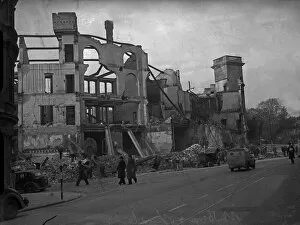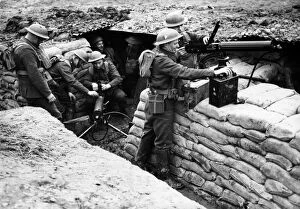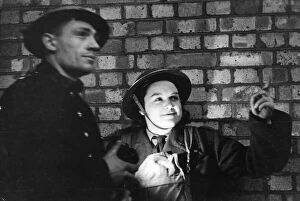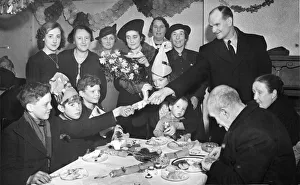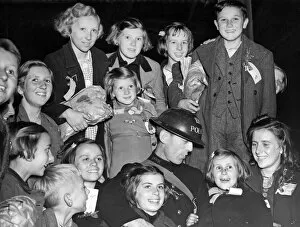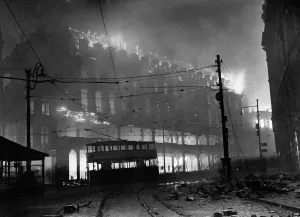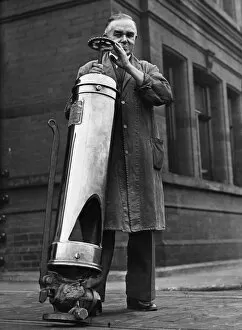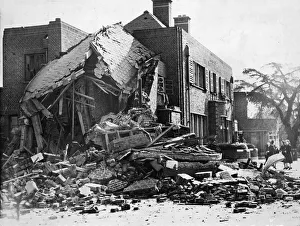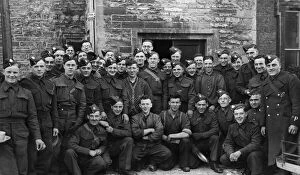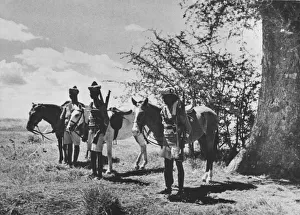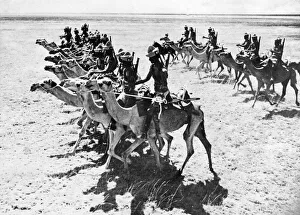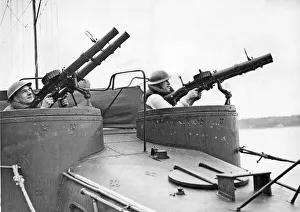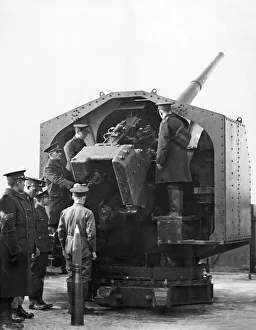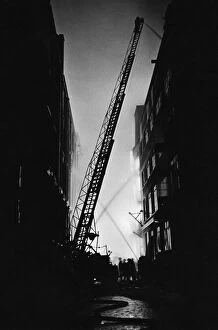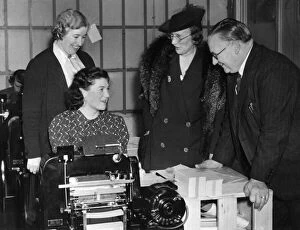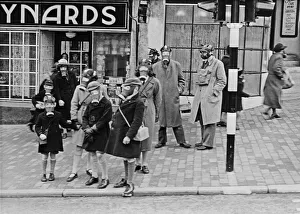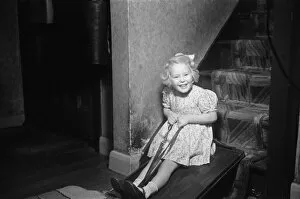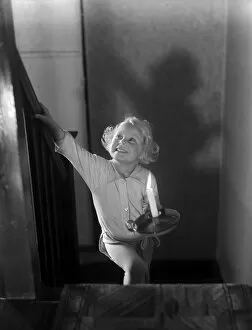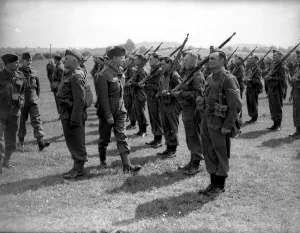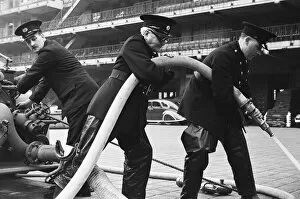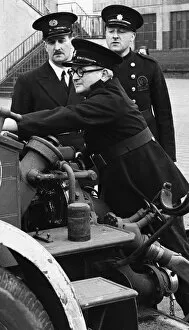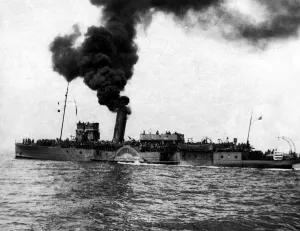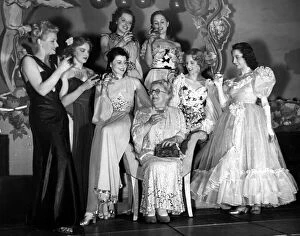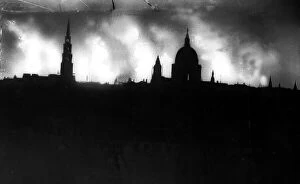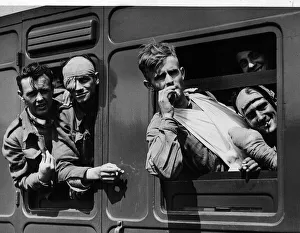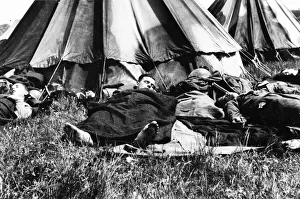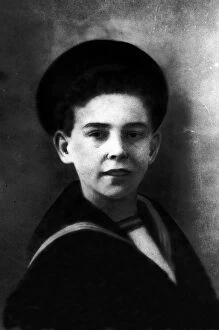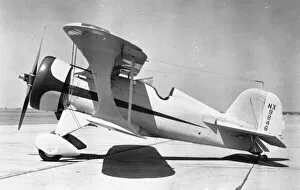1940 Collection (page 9)
"1940: A Year of Courage, Resilience, and Triumph" In the midst of World War II, a powerful wave of determination swept across nations
All Professionally Made to Order for Quick Shipping
"1940: A Year of Courage, Resilience, and Triumph" In the midst of World War II, a powerful wave of determination swept across nations. As war propaganda posters adorned walls, one message echoed loud and clear: "We shall not flag or fail. " The world united under this rallying cry, ready to face the challenges that lay ahead. Winston Churchill's resolute speeches became a beacon of hope for millions. His praise for RAF pilots soared through the skies like their courageous planes. With unwavering conviction, he gave the iconic V for Victory sign - a symbol that ignited spirits and inspired perseverance. Meanwhile, on another front line, the 52 (Lowland) Division engaged in heroic activities. Their valor knew no bounds as they fought with unwavering dedication against all odds. Each soldier embodied bravery and sacrifice in their pursuit of freedom. Across continents, HMS Exeter arrived at Plymouth harbor amidst tumultuous times. Its arrival marked yet another chapter in history - a testament to naval strength and resilience during these trying years. Amidst chaos and destruction emerged moments of unity and camaraderie. Firefighters took a well-deserved tea break after battling flames at St Katherines Dock - an example of ordinary heroes finding solace amidst adversity. Beyond warfare's grip stood Carl Gustav Jung; his psychological insights offered understanding amidst turmoil. And while political ideologies clashed fiercely between Leon Trotsky and others in 1920s Russia, it was clear that even within conflict there existed diverse perspectives striving towards change. Music provided solace during these turbulent times too; George Formby's melodies brought smiles to faces amid uncertainty – reminding us all that joy can be found even when darkness looms large. As Full Dress Parades unfolded at The Citadel in Charleston, SC – soldiers marched proudly displaying discipline and honor – embodying values we hold dear today: duty above self-interests. The year 1940 was a crucible of resilience and determination.



